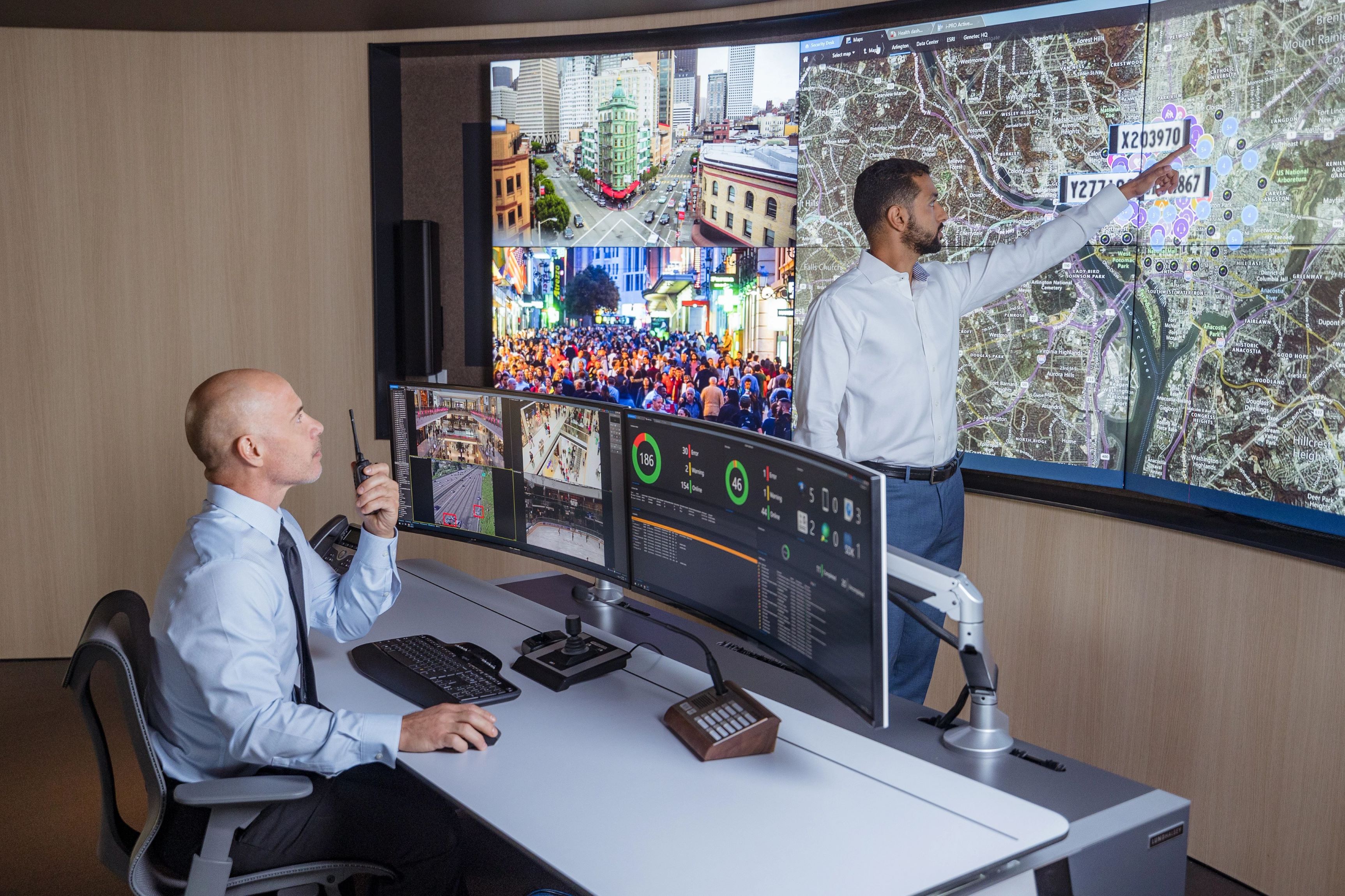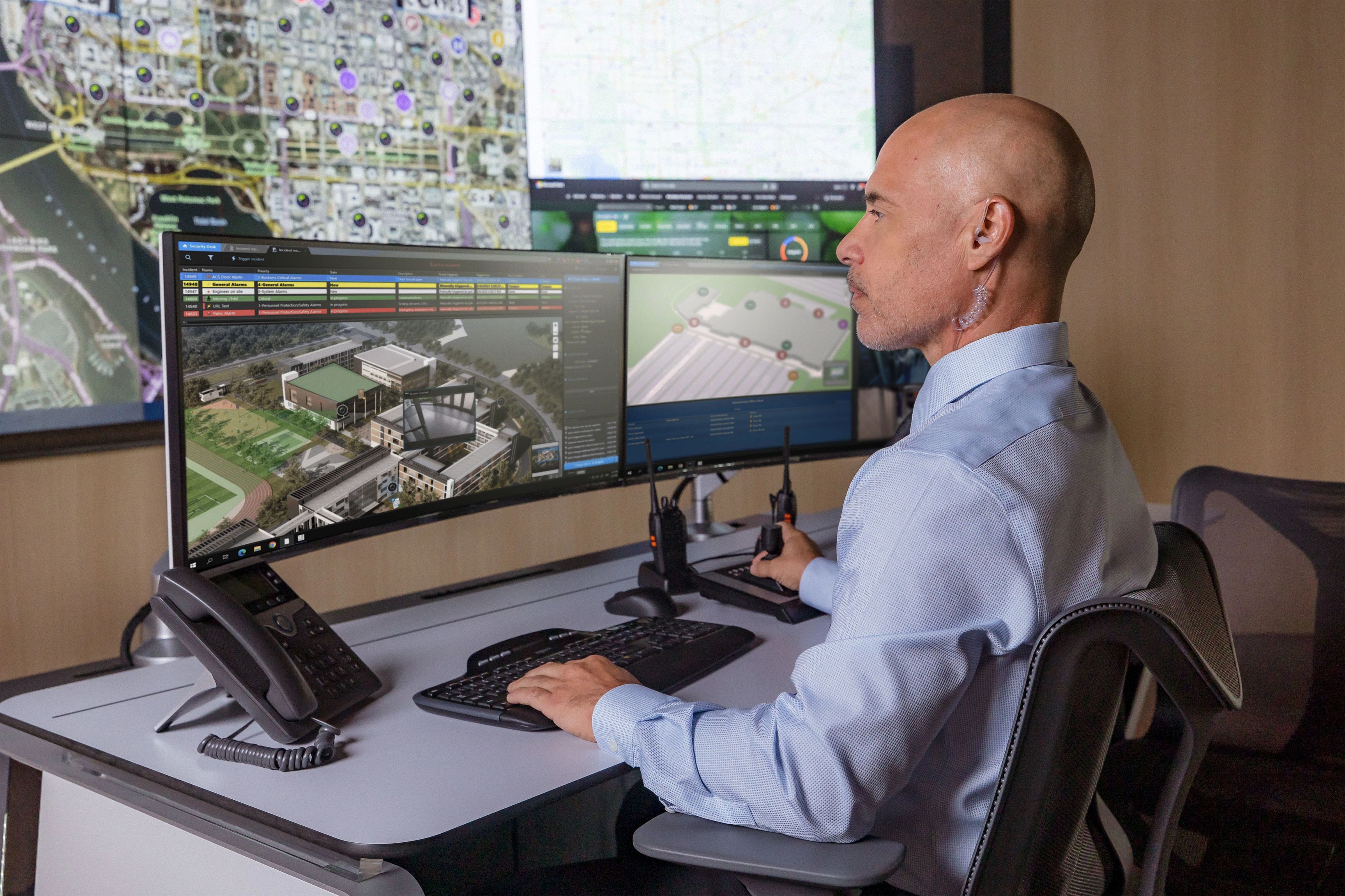4 tips to set up your security operations center for success
Want to set up an effective security operations center (SOC) or make improvements to the one you have? Here are the 4 things to consider.

In a security operations center (SOC), security operators work together to continuously monitor and improve an organization's security. While keeping up with cybersecurity best practices, their focus is on preventing, detecting, analyzing, and responding to security incidents.
Building a successful SOC involves more than just implementing cutting-edge technology. It requires a strategic focus on collaboration, context, clarity, and a streamlined escalation process. By incorporating these considerations, your organization can establish a resilient SOC capable of navigating today's security landscape.
Keep reading for tips on how you can best set up your SOC to support your operators.
Checklist
 Collaboration: The power of working together
Collaboration: The power of working together
In a SOC, collaboration is at the heart of success. To be efficient, your operators should be able to easily work together. This includes assigning incidents to specific individuals and allowing them to take responsibility for resolution.
Using advanced tools like video walls, communicating through platforms like Sipelia™, and dispatching tasks with Genetec Mission Control™ can enhance collaboration significantly.
Imagine multiple operators working in the same space, each focused on different security workflows. They should be able to quickly add and exchange information with each other, to enhance collective situational awareness. The ability to share information at any moment from video feeds or news updates, ensures that everyone in the SOC is on the same page.
For example, an operator can share insights on a large video wall to investigate and discuss a security incident with their colleagues. This dynamic collaboration, supported by features like news feeds and traffic maps, ensures a well-coordinated response and a fluid flow of information within the team.
 Context: Get the bigger picture
Context: Get the bigger picture
Your operators need more than just security system data to coordinate SOC operations—they need a broader view. Beyond monitoring security systems, operators need access to data sources such as news feeds, social media, and IIoT devices. Providing mapping tools that visualize the entire facility and connecting data from IIoT sensors contribute to a comprehensive understanding of the environment.
Mapping tools allow your operators to grasp the facility's dynamics intuitively. For example, you can integrate IIoT devices to signal changes in temperature, lighting, or safety concerns. This unified approach not only helps with threat detection and addressing security issues but also allows operators to respond to broader environmental changes that may impact your organization.

 Clarity: Cut through the noise
Clarity: Cut through the noise
The volume of data generated in a SOC can be overwhelming. To ensure clarity, it's crucial to parse through the data and focus on what's important. Automation plays a key role in this aspect by giving operators automated workflows they can follow during critical times to ensure notifications are handled according to security procedures for compliance. By automating the parsing and analysis of data, your SOC team can efficiently sift through vast datasets, identify patterns, and highlight anomalies.
This not only enhances the overall efficiency of your SOC but also ensures that human resources are directed toward tasks that require critical thinking and immediate action. The end result? Your operators can speed up their response efforts and mitigate threats more effectively.
 Escalation: Streamline response protocols
Escalation: Streamline response protocols
During security incidents, having a well-defined escalation process is critical. Introducing different phases and prioritizing them based on urgency ensures a structured response. Dynamic operating procedures, including assigning escalation rights to rather than individual users, can expedite decision-making during crises.
Configuring elevated rights in your security system will trigger actions from specific inputs, and can be done on a very granular level such as by user privileges and rights. This approach gives operators more autonomy, allowing them to act quickly and decisively without needing hierarchical approvals, particularly during emergencies.
Overall, a SOC should be viewed as an aggregator of information. Its success depends on correctly bringing together data from sources like IIoT devices and sensor intrusion systems, followed by an effective incident response strategy.
